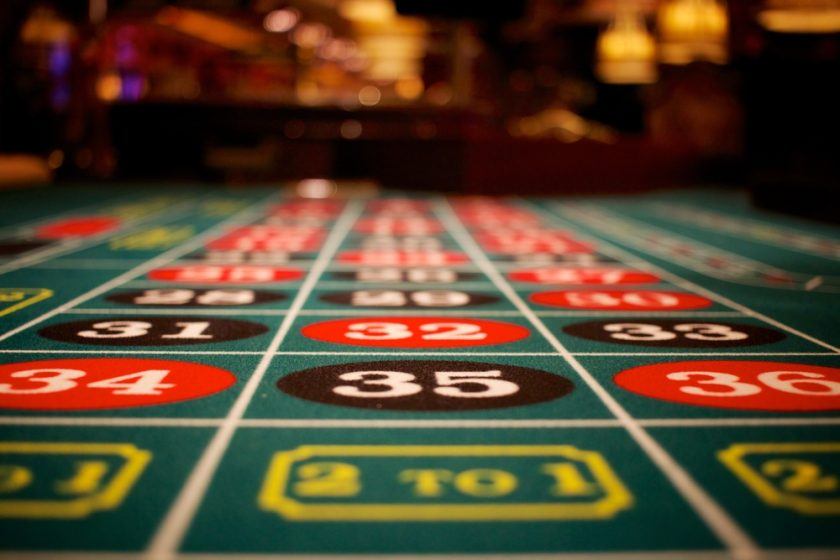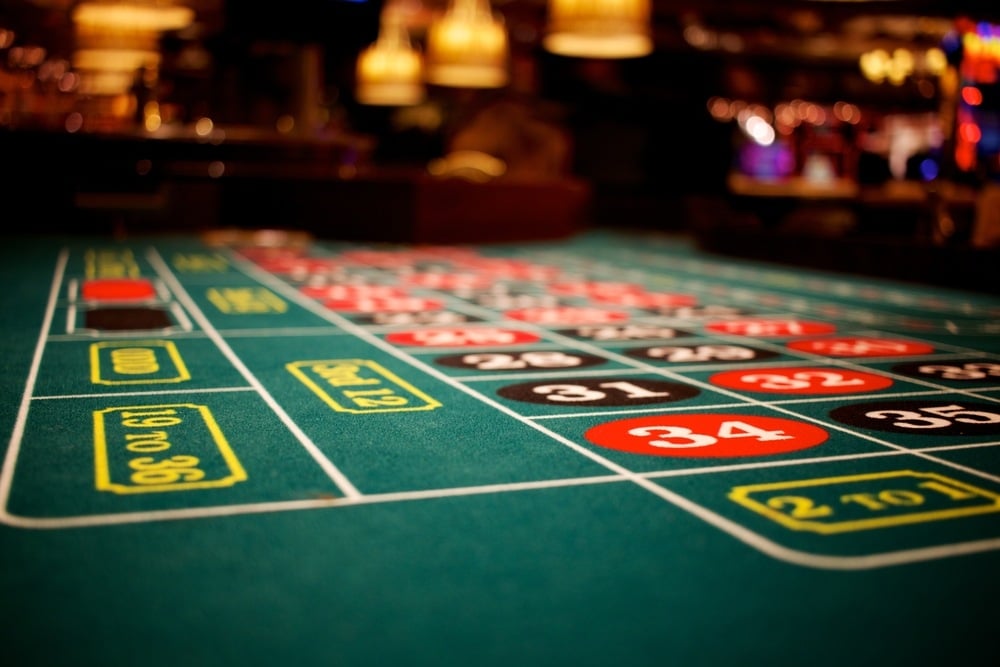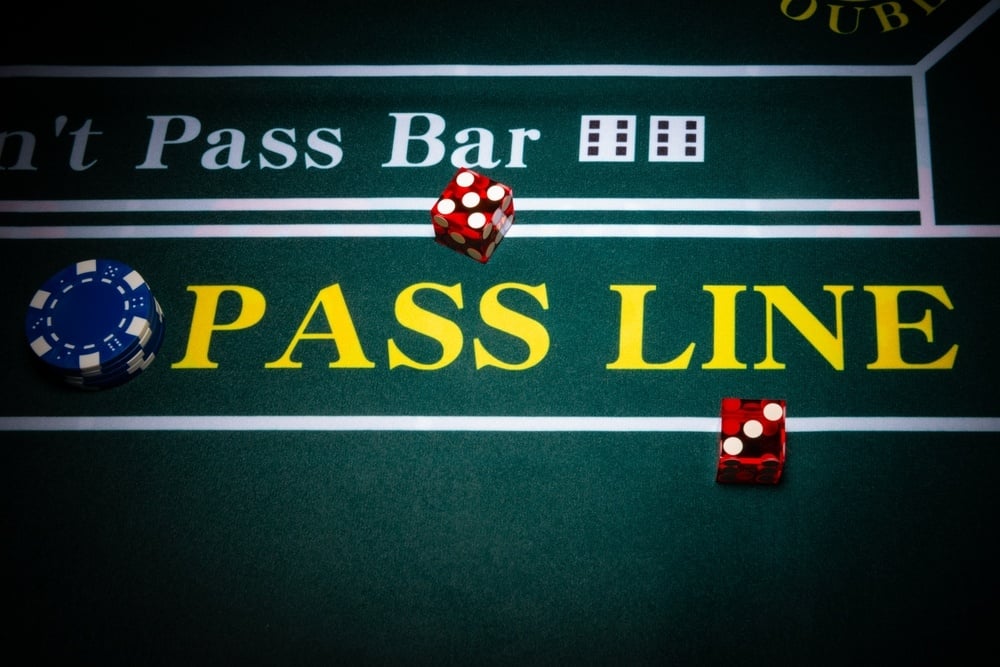How Game Speed Influences Your Craps Experience

Image Credit: Rob Gruner/Shutterstock
Understanding the Relationship Between Speed and House Edge in Craps
When playing craps, many players focus on the house edge as the main factor in deciding which wagers to make. While this is certainly important, the pace at which bets are resolved is just as significant in determining both your average expected losses and the potential duration of your gaming session.
Some wagers in craps, such as the "any 7" bet, are settled immediately on each roll. Others, including the pass line, come, don’t pass, don’t come, and various place or hard-way bets, may require multiple rolls before reaching a resolution. The number of decisions made during a typical session-and how frequently those decisions occur-has a direct effect on your risk exposure and expected outcomes.
Comparing Bet Decisions: Fast vs. Slow Settlements
Imagine sitting at a craps table for 100 rolls. If you opt for a single-roll bet such as "any 7," you face a house edge of 16.67% over 100 separate betting decisions-one for each roll. Conversely, placing a bet on 6 or 8 takes an average of about 3.27 rolls to resolve, meaning you'll only face about 30.6 decisions in the same 100-roll period.
If you consistently wager $6 on either 6 or 8 (to maximize the typical 7:6 payout), you'll have placed a total of $183.60 in wagers over those 100 rolls-compared to $100 if betting $1 per "any 7" roll.

Image Credit: Nic Neufeld/Shutterstock
Rolls to Resolve: A Breakdown of Bets
Every type of multi-roll bet in craps carries its own average number of rolls before a decision is reached. For example, don’t pass bets typically require 3.47 rolls per outcome-slightly longer than pass line bets due to pushes on comeout rolls of 12. Place bets on 6 or 8 settle fastest among place bets, followed by those on 5 or 9, then 4 or 10.
Here’s a concise summary reflecting the average number of rolls per decision and decisions expected within a span of 100 rolls:
| Bet Type | Avg. Rolls per Decision | Avg. Decisions per 100 Rolls |
|---|---|---|
| Pass / Come | 3.38 | 29.6 |
| Don't Pass / Don't Come | 3.47 | 28.7 |
| Place 6 or 8 | 3.27 | 30.6 |
| Place 5 or 9 | 3.60 | 27.8 |
| Place 4 or 10 | 4.00 | 25.0 |
| Hard 6 or 8 | 3.27 | 30.6 |
| Hard 4 or 10 | 4.00 | 25.0 |
For one-roll bets like "field," "any craps," and the various hop bets, each roll produces a decision, resulting in 100 resolutions every 100 rolls.

Image Credit: Rob Gruner/Shutterstock
House Edge: Per Roll and Per Decision
Multi-roll bets generally offer a lower house edge per decision compared to single-roll wagers. For instance, popular bets like don’t pass come with a 1.4% edge per decision, while bets like hard 4 or 10 climb up to 11.11%. One-roll bets, such as "any 7," have some of the highest house edge percentages.
To accurately compare, it helps to evaluate the house edge based on each roll. For a "pass" bet, you divide the 1.41% edge per decision by its average 3.38 rolls per resolution, resulting in a much lower 0.42% edge per roll. In contrast, "any 7" retains its 16.67% per roll because every roll is a decision.
Below is a comparative summary of house edges per roll and per decision:
| Bet Type | House Edge per Decision | House Edge per Roll |
|---|---|---|
| Pass / Come | 1.41% | 0.42% |
| Don't Pass / Don't Come | 1.4% | 0.40% |
| Place 6 or 8 | 1.52% | 0.46% |
| Place 5 or 9 | 4.0% | 1.11% |
| Place 4 or 10 | 6.67% | 1.67% |
| Hard 6 or 8 | 9.09% | 2.78% |
| Hard 4 or 10 | 11.11% | 2.78% |
| 2, 12 or Hard Hop Bets | 13.89% | 13.89% |
| 3, 11 or Easy Hop Bets | 11.11% | 11.11% |
| Any Craps | 11.11% | 11.11% |
| Any 7 | 16.67% | 16.67% |
| Field (2 pays 2:1, 12 pays 3:1 or vice versa) | 2.78% | 2.78% |
| Field (both 2 and 12 pay 2:1) | 5.56% | 5.56% |

Image Credit: Nic Neufeld/Shutterstock
Money at Stake: How Speed Impacts Losses
The pace of bet resolution in craps can greatly influence your average losses, even if the house edge appears similar from a high-level view. Take a look at hard-way bets versus single-roll craps bets: Both hard 4 or 10 and "any craps" carry an 11.11% house advantage per decision. However, a hard 4 bet requires an average of four rolls to resolve, so for $1 per bet, you'd risk $25 across 100 rolls. With "any craps," you'll wager $1 each roll, risking $100 in the same span.
Consequently, applying that 11.11% house edge leaves you with an average theoretical loss of just $2.78 on hard 4 bets, but $11.11 with "any craps," despite their identical edge per decision. This fourfold difference is entirely the result of wagering frequency.

Image Credit: Victor Moussa/Shutterstock
Game Speed in Action: Comparing the Field and Place Bets
Let’s analyze two common craps wagers that seem similar at first but yield very different outcomes because of how quickly each is resolved.
The field bet is often considered the best among one-roll wagers, winning on 2, 3, 4, 9, 10, 11, and 12, with different payoffs for some numbers. On the best tables, rolling a 2 or a 12 triggers a 3:1 payout; on others, only one of these receives that high return. When this 3:1 payoff is in effect, the house holds a 2.78% edge-substantially lower than the 6.67% edge on a place bet for 4 or 10.
Now, consider betting $1 each time on place 10 and on the field for 100 rolls. The place 10 wager, with decisions averaging every four rolls, means about 25 resolutions, for a total risk of $25 over 100 rolls and an expected loss of $1 (at a 4% edge). The field bet, however, is decided each roll, risking $100 during that period. Even though its edge is lower at 2.78%, the average loss climbs to $2.78 per 100 rolls.
Thus, faster bet cycles can cause you to lose more, even if a bet appears mathematically favorable. Slower-resolving bets, especially those with a low per-roll edge like pass, come, don't pass, don't come, or placing 6 or 8, can dramatically reduce your exposure over time.
Summary: Why Game Speed Matters in Craps
While the house edge is a critical consideration in craps, the speed at which each bet resolves has a profound impact on session costs and your potential winnings. Fast one-roll bets not only carry higher risks but also accumulate losses at a much quicker rate. Meanwhile, multi-roll wagers allow players to remain in the game longer with less money at stake per unit of time-critical to maximizing both your entertainment and chances for prolonged play at the table.
Next time you approach the craps rail, weigh both the house edge and the pace of play to make smarter, more sustainable decisions.













